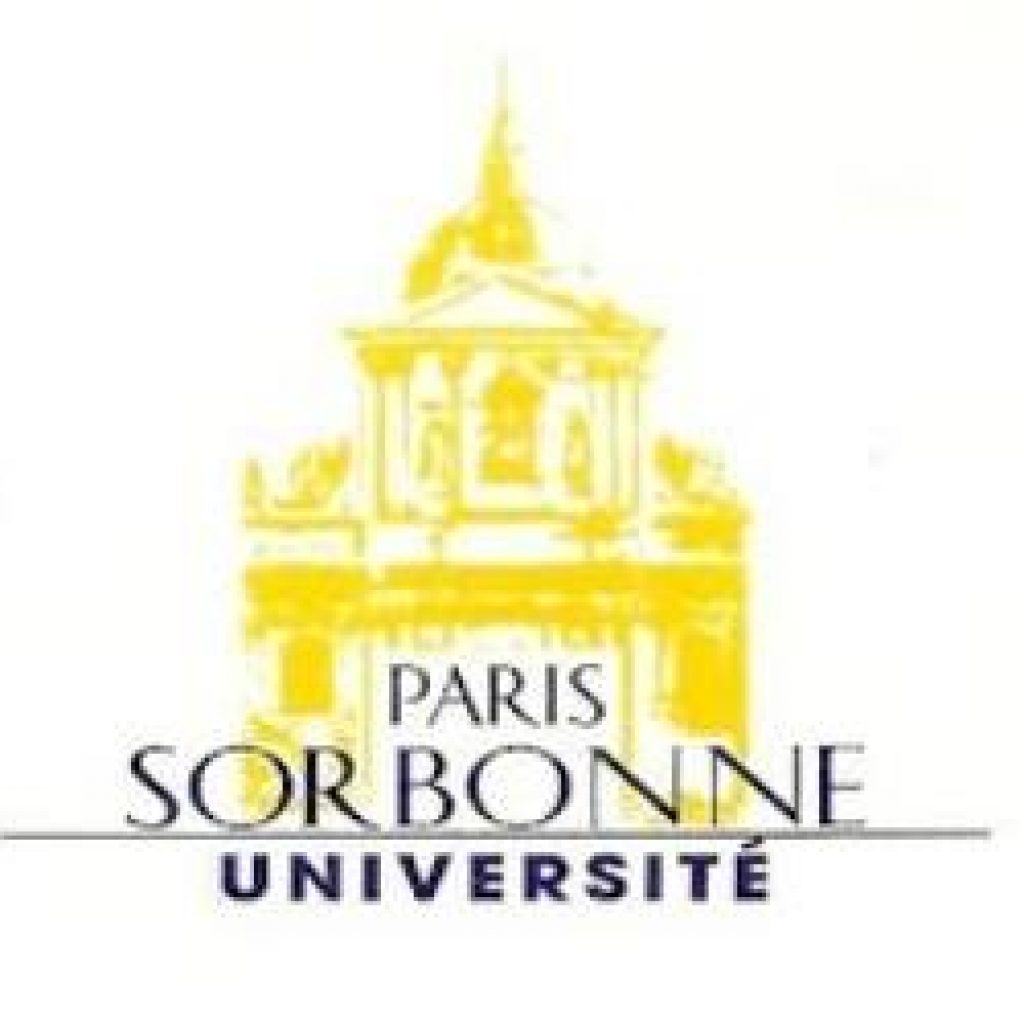(SpectrumIEEE) An array of cesium atoms just 2.5 centimeters long has demonstrated a record level of storage-and-retrieval efficiency for quantum memory. This record efficiency in storing and retrieving quantum entanglement paves the way for connecting quantum internet nodes. It’s a pivotal step on the road to eventually building large-scale quantum communication networks spanning entire continents.
“We learned in this work [how] to achieve this 85-90 percent [efficiency] benchmark,” says Julien Laurat, a professor and leader of the quantum networks team at the Kastler Brossel Laboratory at Sorbonne University in France. “This is the best in any physical platform.”
Previous work only achieved at most 25 percent efficiency. Laurant’s quantum networks team demonstration is part of a broader effort by the Quantum Internet Alliance—a coalition of university research groups from eight European countries—to develop technologies for a European network that supports quantum communication and distributed quantum computing.
Boosting storage-and-retrieval efficiency from 25 percent to 90 percent makes a big difference in the speed and size of the quantum network such memory devices could support. For instance, Laurat and colleagues note, increasing efficiency from 60 percent to 90 percent would accelerate quantum memory speeds by two orders of magnitude over a distance of 600 km.
That said, much work remains before quantum networks can get to be hundreds of kilometers across. Laurat and his team already have their sights set on tackling some of the next milestones. If all goes well, they envision a pan-European quantum network becoming possible within the next five to 10 years. “The next few years should see demonstrations over a few tens of kilometers,” Laurat says.
Quantum Memory Milestone from Kastler Borssel Lab at Sorbonne Boosts Quantum Internet Future
